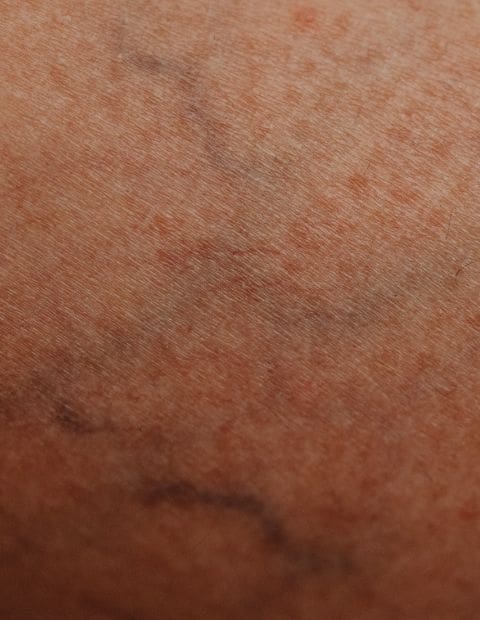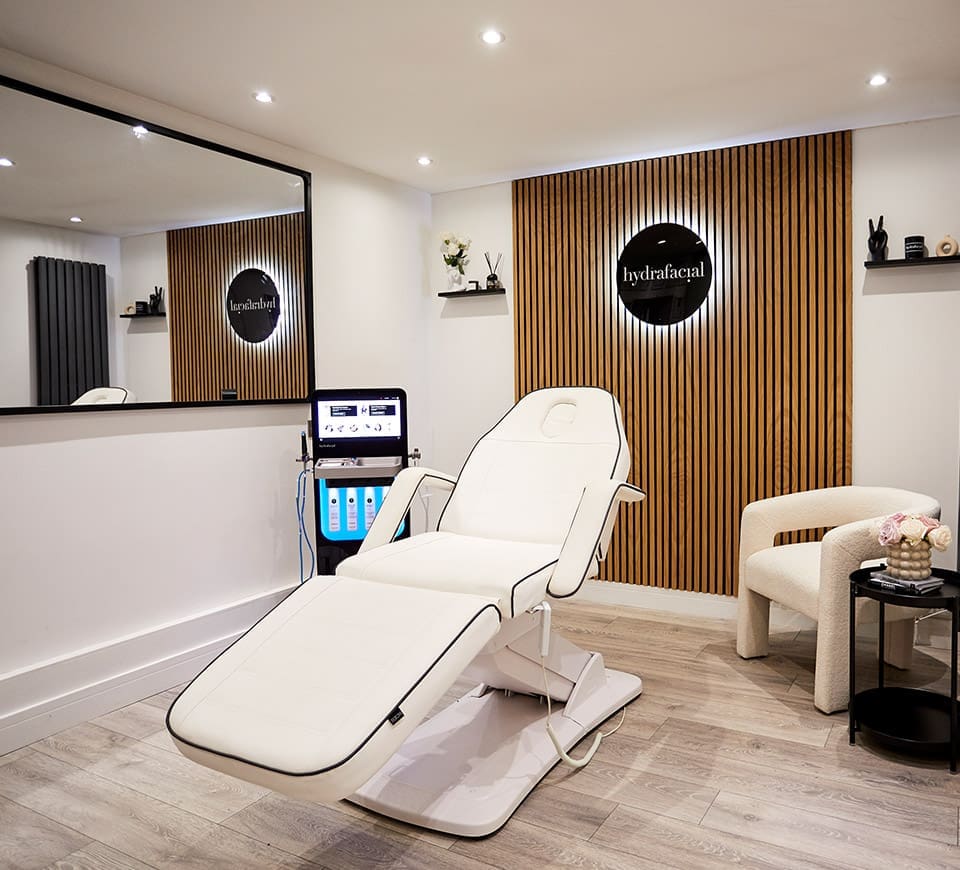Broken veins are usually red or purple in colour, and easily become visible as they are the vessels that are closest to the surface of the skin. As their name suggests, these small veins have become damaged or burst, usually by way of stress or trauma to the skin. Added pressure will cause them to dilate which in turn will lead to a weakening of the vein wall, and eventually cause it to break open and disrupt the normal flow of blood.
Thread veins are a common concern for those who spend prolonged periods standing or sitting, but are not found to be harmful. Hormones are another consideration on their development, as are genetics.
It is purely their appearance that causes concern as they are considered to be unattractive and embarrassing. Whilst research into this concern continues, to date there are no known preventative measures that can be taken. However, it is thought that maintaining an ideal weight and taking regular exercise may help.
Broken veins are found to mainly affect women, but men can be affected too. In many cases they are not painful. They may appear as a single strand or may be part of a small cluster of several strands in an isolated area. Once they have been treated, the results are usually permanent, but this does not guarantee a spider vein won’t appear in a different location.









